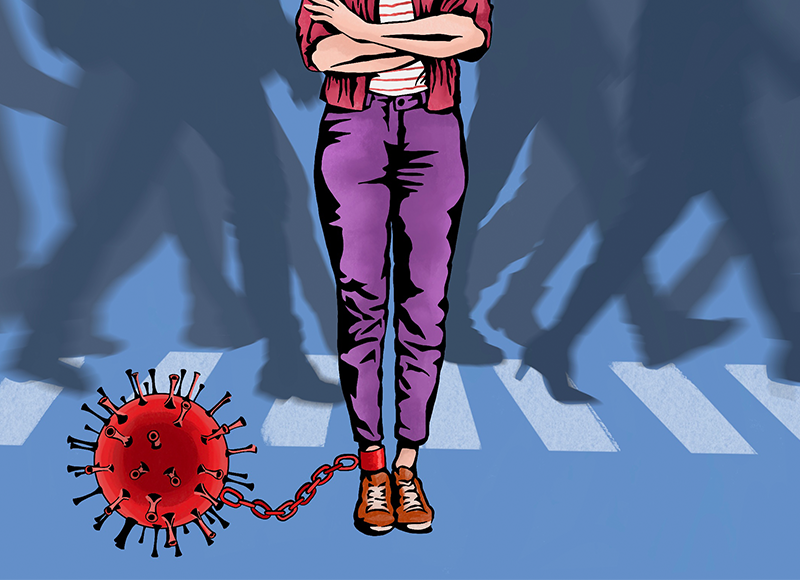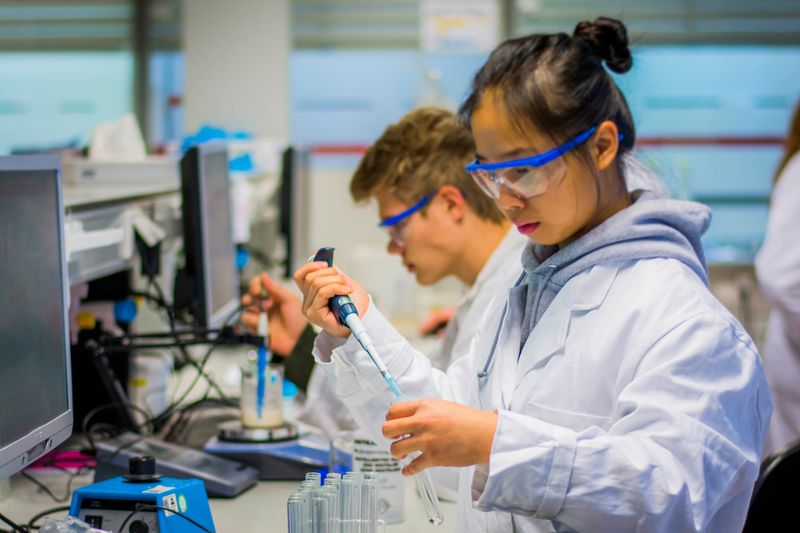WUR has set up the ERRAZE programme — Early Recognition and Rapid Action in Zoonotic Emergencies — in order to learn from the Covid crisis. A single Wageningen platform will bring together virologists, ecologists, economists, animal scientists and communication scientists.
We want to be better prepared for the next outbreak of a dangerous, contagious virus. In particular, WUR wants more information about zoonoses, pathogens that can be transmitted from animals to humans. ‘Wageningen Bioveterinary Research already does a lot of work on zoonoses, how they infect the host and how they spread,’ says programme coordinator Joukje Siebenga. ‘But this programme looks more widely. We also know a lot about the ecology of viruses and wild animals, and how climate change affects their distribution and contacts. We will be combining that knowledge in ERRAZE.’
‘Google sees flu epidemics before RIVM’
For example, WUR wants to identify global hotspots where zoonoses can be transmitted from animals to humans. These are places where wild animals come into contact with farm animals, pets and people, not just wet markets where live wild animals are sold but also tropical rainforest areas where livestock farming is on the rise. Intensive livestock farms in the Netherlands, where bird flu can pass from migrating birds to chickens, are another such hotspot. By making use of knowledge about climate change and changing land use, ERRAZE will also show how these hotspots are shifting.
Another aim of the Wageningen pandemic platform is to have targeted surveillance of the hotspots so that unknown viruses can be detected more quickly. That requires greater collaboration between virologists and epidemiologists, as well as behavioural scientists and economists. ‘Google sees flu epidemics before RIVM, from people’s search behaviour. We need to analyse and combine that data too.’

 WUR wants to identify hotspots where zoonoses can be transmitted from animals to humans: places where wild animals come into contact with farm animals, pets and people. Photo Shutterstock
WUR wants to identify hotspots where zoonoses can be transmitted from animals to humans: places where wild animals come into contact with farm animals, pets and people. Photo Shutterstock 

